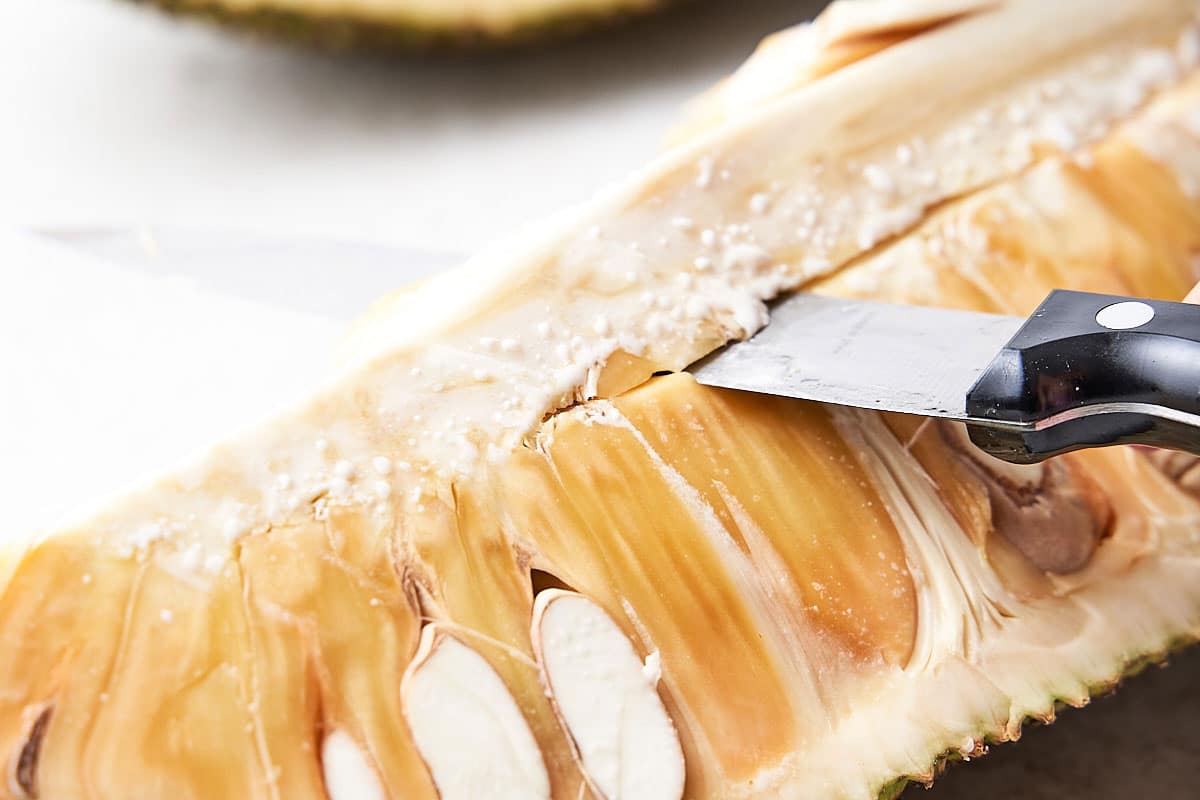
When you're in the midst of a backyard barbecue, the last thing you want to deal with is an unexpected injury. Accidents with knives are surprisingly common, especially when you're handling large cuts of meat, intricate vegetables, or even slicing your perfectly grilled steak. Knowing how to stop blood from knife cut promptly and effectively can make all the difference in maintaining the party's mood and ensuring everyone's safety.

Understanding the Severity of the Cut
Minor Cuts
Minor cuts are shallow, typically no more than a superficial layer of skin. These cuts often occur when slicing vegetables or trimming fat from meat. Although they can be painful, they usually dont bleed profusely and can be treated easily.
Deep Cuts
More profound cuts, often obtained from chopping through bone or tough meat, can be more serious. These cuts can sever veins or arteries, leading to heavy bleeding. Immediate action is necessary.

Immediate Steps to Take
Apply Pressure
The first step in stopping the blood from a knife cut is to apply pressure directly to the wound. Use a clean cloth or paper towel and press down firmly. This will help slow the bleeding and allow for clot formation.
Clean the Wound
After the bleeding slows, clean the wound with mild soap and water. This step is crucial for preventing infection, which can complicate the healing process.
:max_bytes(150000):strip_icc()/__opt__aboutcom__coeus__resources__content_migration__simply_recipes__uploads__2019__05__knife_skills_METHOD00002-57c17ebfcbbc4e73bd35332b57a86500.jpg)
When to Seek Medical Attention
Profuse Bleeding
If the blood spurts out or does not begin to slow after applying pressure for 10-15 minutes, it may indicate a severed artery. Immediate medical attention is required.
Signs of Infection
Redness, swelling, warmth, and pus are signs that a wound is becoming infected. If any of these signs appear, seek medical help as soon as possible.

Precautionary Measures
Proper Knife Skills
Improving your knife skills can drastically reduce the risk of cuts. Learning the correct technique for slicing, chopping, and dicing can make a big difference. Check out this great resource on using a chef's knife for detailed instructions.
Keep Your Knives Sharp
A dull knife is more dangerous than a sharp one, as it requires more force to cut, increasing the risk of slipping. Regularly honing and sharpening your knives is essential.
Use the Right Knife for the Job
Each knife has its specific use. Using a bread knife to slice meat or a chefs knife to peel vegetables can increase the chances of an accident. For more on this, read about different knives and their uses.
Keep Your Gear Clean
A clean cooking area and tools not only enhance your cooking experience but also minimize the likelihood of accidents. Learn more about cutting vegetables properly to keep things neat and safe.
FAQ
What should I do if I don't have a first aid kit?
If a first aid kit is not available, use any clean cloth to apply pressure and slow the bleeding. This could be a paper towel, napkin, or even a clean piece of clothing.
How long should I apply pressure?
Apply pressure for at least 10-15 minutes. If the bleeding hasn't stopped by then, it's time to seek professional medical help.
Can I use alcohol to clean the wound?
Using alcohol can cause additional pain and potentially harm the tissue. Stick to mild soap and water for initial cleaning, and consult a health professional for further advice if necessary.
As an Amazon Associate, I earn from qualifying purchases.



